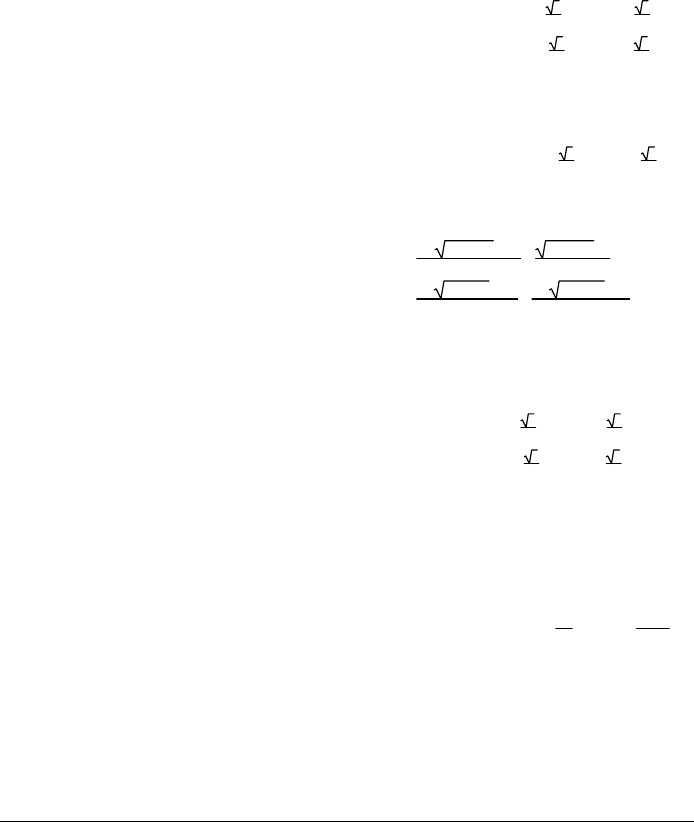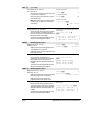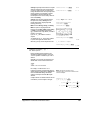
804 Appendix A: Functions and Instructions
Optionally, you can specify an initial guess for a
variable. Each
varOrGuess
must have the form:
variable
– or –
variable
=
real or non-real number
For example,
x is valid and so is x=3+
i
.
If all of the expressions are polynomials and you
do NOT specify any initial guesses,
cZeros() uses
the lexical Gröbner/Buchberger elimination
method to attempt to determine all complex
zeros.
Note: The following examples use an
underscore _ (
¥ ) so that the variables will
be treated as complex.
Complex zeros can include both real and non-real
zeros, as in the example to the right.
Each row of the resulting matrix represents an
alternate zero, with the components ordered the
same as the
varOrGuess
list. To extract a row,
index the matrix by [
row
].
cZeros({u_ùv_ìu_ìv_,v_^2+u_},
{u_,v_}) ¸
1/2 ì
3
2
ø
i
1/2 +
3
2
ø
i
1/2 +
3
2
ø
i
1/2 ì
3
2
ø
i
0 0
Extract row 2:
ans(1)[2] ¸
1/2 +
3
2
ø
i
1/2 ì
3
2
ø
i
Simultaneous
polynomials
can have extra
variables that have no values, but represent given
numeric values that could be substituted later.
cZeros({u_ùv_ìu_ì(c_ùv_),
v_^2+u_},{u_,v_}) ¸
ë (
1ì 4øc_+1)
2
4
1ì 4øc_+1
2
ë (
1ì4øc_ì1)
2
4
ë (
1ì4øc_ì1)
2
0 0
You can also include unknown variables that do
not appear in the expressions. These zeros show
how families of zeros might contain arbitrary
constants of the form @
k
, where
k
is an integer
suffix from 1 through 255. The suffix resets to 1
when you use
ClrHome or ƒ 8:Clear Home.
For polynomial systems, computation time or
memory exhaustion may depend strongly on the
order in which you list unknowns. If your initial
choice exhausts memory or your patience, try
rearranging the variables in the expressions
and/or
varOrGuess
list.
cZeros({u_ùv_ìu_ìv_,v_^2+u_},
{u_,v_,w_}) ¸
1/2 ì
3
2
ø
i
1/2 +
3
2
ø
i
@1
1/2 +
3
2
ø
i
1/2 ì
3
2
ø
i
@1
0
0 @1
If you do not include any guesses and if any
expression is non-polynomial in any variable but
all expressions are linear in all unknowns,
cZeros() uses Gaussian elimination to attempt to
determine all zeros.
cZeros({u_+v_ì
e
^(w_),u_ìv_ì
i
},
{u_,v_}) ¸
e
w_
2
+1/2ø
i
e
w_
ìi
2
If a system is neither polynomial in all of its
variables nor linear in its unknowns,
cZeros()
determines at most one zero using an
approximate iterative method. To do so, the
number of unknowns must equal the number of
expressions, and all other variables in the
expressions must simplify to numbers.
cZeros({
e
^(z_)ìw_,w_ìz_^2}, {w_,z_})
¸
[]
.494… ë.703…


















